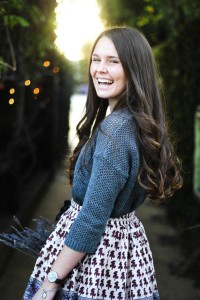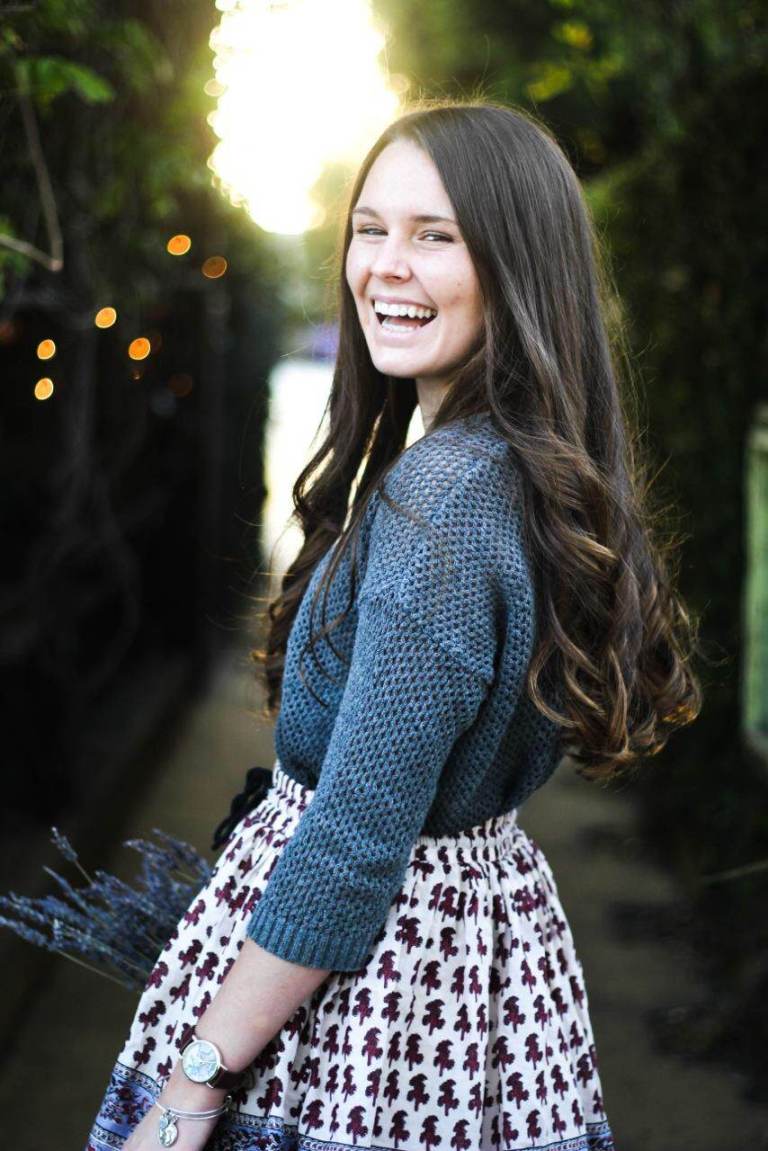
As a freshman in high school, Grace O’Brien ’19 became interested in how she could expand access to hearing aids in areas where such accommodations weren’t readily available or affordable. By her sophomore year in high school, she had started her own nonprofit, Ears for Years, Inc.
O’Brien still runs the nonprofit, and she sat down with The Daily to discuss the project.
The Stanford Daily (TSD): What inspired your work in hearing aids?
Grace O’Brien (GO): I worked at a deaf theatre company. I have always done theatre, my whole life. So I did a volunteer project there over the summer, and I got more interested in deaf culture. Then my dad actually had a brain tumor and underwent some hearing loss, so I had a personal relationship to it, too.
TSD: How did you get the idea up and running?
GO: One of the things I did was reach out to the company Solar Ear and see if they thought that this was a viable project, what I was doing. They gave me a lot of support, and from there I started raising awareness in my community, raising money and applying for different grants and things like that. So by the time I had a little bit of money, I was able to start it up and go on my first trip. I went to Mexico where I was able to fit a few children with hearing aids there at a school for the deaf. So that was my first trip initially, and from there the project leapt forward and got a lot of attention, and people that wanted to help out.
TSD: How did you get connected with these schools?
GO: Solar Ear helped me by [connecting] me with people that they thought would benefit, and [some] people reached out to me. In Mexico I think they had heard of the project I was doing, and they reached out to me. That was a cool experience because I really could help them.
TSD: What is the biggest challenge you’ve faced?
GO: I’d say raising funds is often really difficult. I’d say that another challenge would be balancing all of the other things in life and doing this. Like doing schoolwork and extracurriculars and everything on top of having my own non-profit is a lot. Having to deal with legal stuff and things like that is also very difficult.
TSD: What ended up being your main funding source?
GO: Grants have been really good because it’s large sums of money. Also, one of the main things is that online, social media spreads the word really fast. So I’m able to get stories out there, and then they will pass around really quickly, and through that I can get money from people from all different places and backgrounds.
TSD: What has been the most rewarding part?
GO: The most rewarding part is when you’re fitting a kid with a hearing aid and watching their face get all lit up and excited. Feeling like I’m really doing something to help benefit their education and help them escape poverty. In that moment I feel like what I’m doing really matters and is actually making a difference in someone’s life. So I think that that’s always the most rewarding part — seeing all of the hard work, the fundraising and everything — actually come into play.
TSD: How big is the operation currently?
GO: I have fit over 200 kids so far, but hopefully by the end of the year we will doubling that.
TSD: Do you plan to continue and/or expand on this work in the future?
GO: One thing I want to work on is trying to find ways to legally convince other countries that don’t have accommodations for people with disabilities to have [those accommodations]. In a lot of countries, they have a standard education system, which is great, but I think that being able to accommodate people with disabilities is really important. That’s maybe a little bit broader or bigger thing that I’m interested in, but obviously I want to keep up the project and keep fitting kids with hearing aids.
Another thing that I’ve noticed is you can’t just give them a hearing aid and be like “ok, everything’s going to be great.” The most important part about it is that they are getting a viable education after. So I’ve thought about coming up with a curriculum or something to help people who are hard of hearing learn better.
Contact Ada Throckmorton at adastat ‘at’ stanford.edu.
This interview has been condensed and edited.
